Chimpanzee Tracking at Kibale National Park
Overview – Kibale National Park
Kibale National park, known as the primate capital of the world due to its very high density of primates, is about 5-6 hours west by road from Kampala. The Park is about 795 sq kms in size and contains one of the loveliest and most varied tracts of tropical forest in Uganda. Forest cover, interspersed with patches of grassland and swamp, dominates the park.
The northern and central part of Kibale lies on the Fort Portal plateau, 1590m above sea level, and mostly consists of wet tropical forests. The park extends south through bushy / woodland vegetation on the Albertine rift valley escarpment before dropping down to the grasslands of the rift valley floor, 500m below. Kibale is one of the last remaining expanses to contain both lowland and montane (mountain) forests.
Wildlife of Kibale National Park
Kibale National park has a bewildering variety of wildlife species. Overall the Park has 350 tree species, 71 species of mammal and 370 bird species! Many of the trees found in the park rise to over 55m and some are over 200 years old. A keen observer may spot reptiles and amphibians as well as a colourful variety of 250 species of butterflies.
The most famous resident of Kibale is the Chimpanzee with nearly 1,450 individuals and this represents Uganda’s largest population of this endangered primate.
The forest is home to East Africa’s largest population of the threatened Red colobus and the rare I’Hoest’s monkey (Endemic to the Albertine Rift region). Other primates include the Black-and-white colobus (Guereza), Red-tailedMonkey, Blue monkeys, Grey-cheeked mangabey, olive baboon, Bush baby and the Uganda Mangabey (endemic to Uganda).
Nocturnal primates include Potto, Demidoff’s Dwarf Galago and Spectacled Lesser Galago. With 13 primate species and the sheer numbers, the diversity and density of primates in Kibale is the highest in Africa – earning its moniker as the ‘primate capital of the world’.
Chimpanzee Tracking at Kibale
Chimpanzee tracking is the emblematic attraction of the park. This is the best place (in my opinion) to do Chimpanzee tracking in the world. One of the reasons why Kibale has to be on any wildlife tour in Uganda. (of course, in addition to Bwindi!).
Kibale has an amazing variety of wildlife and nature’s treasures to behold. However, on Chimpanzee tracking, it is easy to miss out on all and remain focussed on the objective i.e. the Chimpanzees. Unfortunate, yes; but I suppose that is the name of the game.
The biggest advantage of tracking in Kibale is the flat terrain. Quite unlike Nyungwe, Rwanda, where Chimpanzee tracking can be a fitness adventure as well. Being a primary rain forest, the density of plant life on the forest floor is also relatively sparse allowing for an easier movement – unlike in Budongo, where moving around and visibility can be a bigger challenge.
Like all tracking adventures, the outcome can never be guaranteed. Organised in groups of 6 people, the total duration can take anywhere between 2-6 hours. While there is a high possibility of actually tracking the Chimpanzee family, the quality of the ‘encounter’ depends entirely on the ‘mood’ of the family at that time! We were very lucky in this regard – the Alpha male decided to show his ‘superiority’ to his inferior cousins (us!) and just pretended to take a nap on the ground – while the awe-struck humans crowded all around!
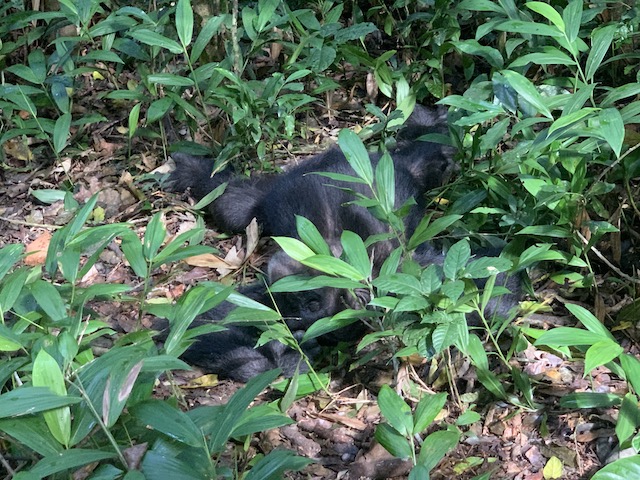
Again, the same Alpha male decided to lounge around with the seniors of the group and posed around for some excellent photos:
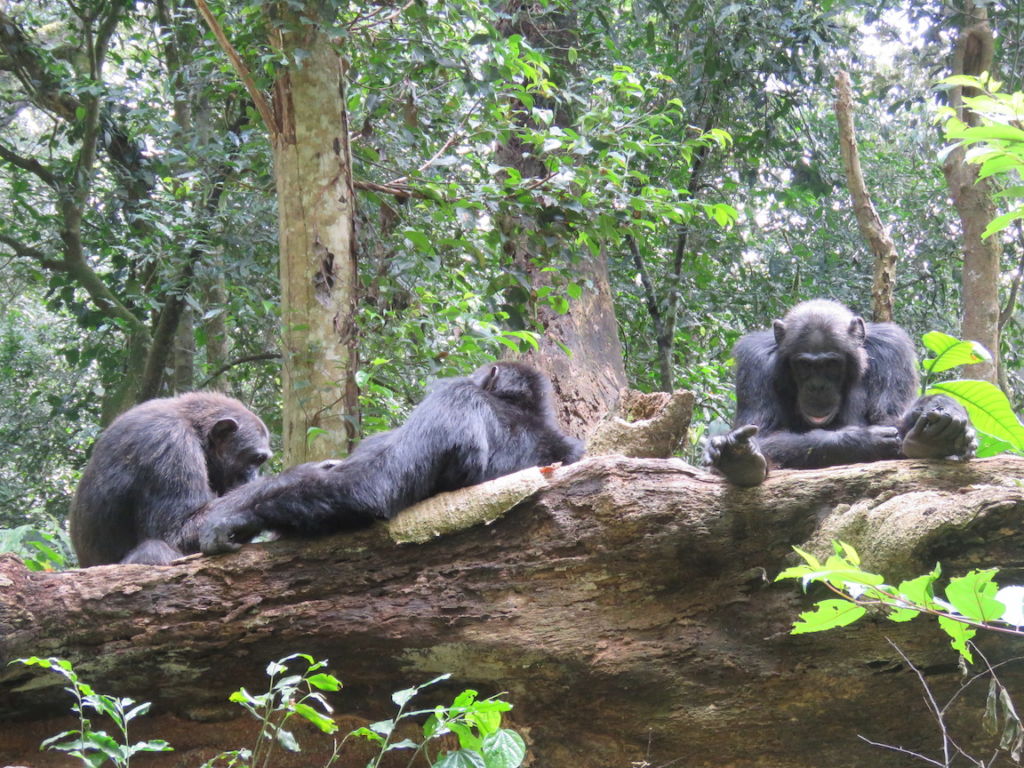
Our Chimpanzee Tracking experience – Video Excerpts
Experiences in Kibale National Park
Of course, the Chimpanzee tracking is the ‘flagship’ experience. But Kibale is far richer than that. It would be tragic, if one went by thinking that Chimpanzee tracking is all that Kibale has to offer. Other experience options include:
Kibale Forest Walk Trail
This is a slightly more strenuous one and one of the most interesting! A 12 km walk in the Park passing through terrains like swamplands, grasslands, forests along rivers, tropical forests, takes around 6 hours. A fascinating walk not only for the sheer pleasure of being in unspoilt nature, but also because you encounter different primate species, birds, mammals including the forest elephants and of course, the fascinating scenery. (Start at 8 am and return by 2 pm)
Nature Walks
If you want to admire the forest experience without the stress of the ‘Chimp tracking’, there are two-hour Nature Walks.
Crater Lake tours
Kibale has nearly 50 craters and there are different trails to hike up the volcanic slopes to have a glimpse of these beautiful crater lakes.
Night Walks

When chimpanzees and other forest residents rest up at dusk, a night-time shift of rarely seen creatures becomes active. Night walks though the darkened forest use powerful torches to seek nocturnal creatures such as the potto, galagos, bushbaby, nightjar, cricket and tree hyrax, with its chilling shriek, as well as the occasional civet or serval cat. Night walks leave the camp at 7.30pm and last between one and a half and two hours.
An important caveat here: What we have to understand is that though the forest can be very ‘active’ at night, the visibility is very poor, and you would be lucky to ‘sight’ any animal. Having said that the walk is one of the most amazing experiences: Walking to primary rain forests in pitch dark is one of the most authentic wild experiences possible. Go on a night walk to experience the wild – you will not be disappointed even if you do not ‘spot’ anything.
Our group had a fantastic time on our Night walk; though we did not spot a single animal, it was one of most memorable experiences. A vicious and sustained attack by the Safari Ants – whose pathways we had disturbed only made it more memorable – albeit quite painful and scary!!
Bigodi Swamp Walk
About 2-3 hours walking through the wetlands with papyrus reed and palm trees, will reward you with the opportunity to spot 5 primate species and nearly 180 bird species. On our trip, we were lucky to spot 5 primate species and more than 15 species of birds! Primate sightings included the Red-tailed Colobus, Guereza – the Black and White Colobus, Uganda Red Colobus, Grey Cheeked Mangabey and Olive Baboons. The sighting of the Great Blue Turaco was the highlight of the evening!
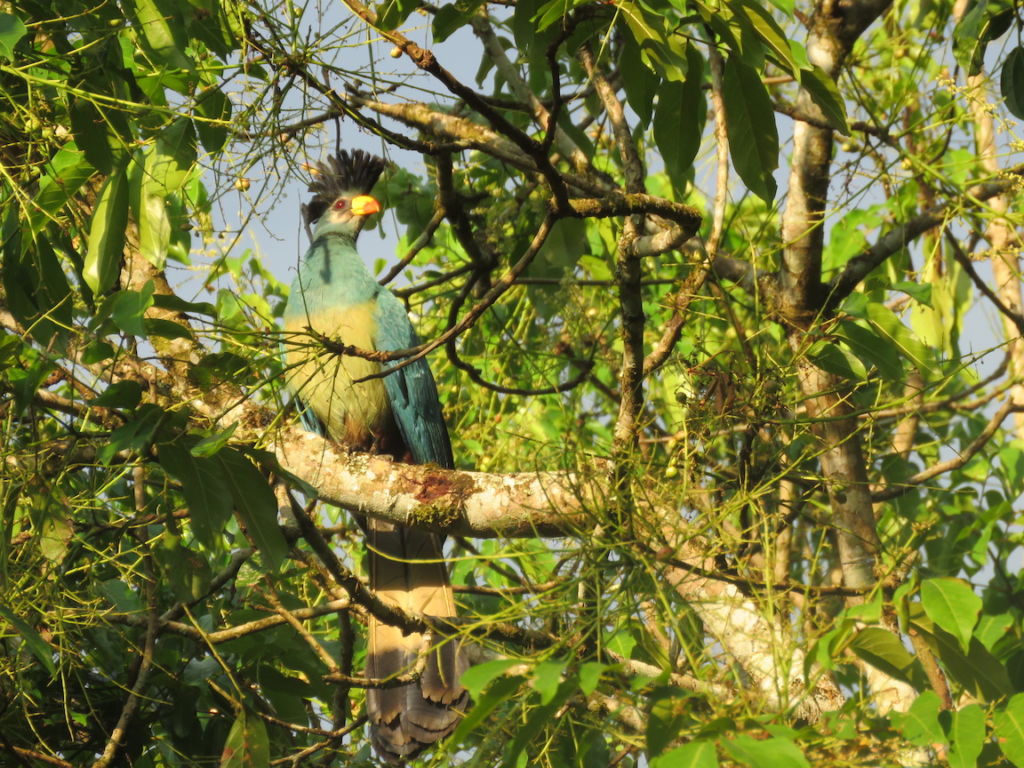
Where to stay in Kibale?
Three broad categories of Options: one is inside the park i.e. The Primate Lodge. Second: There are various options on the periphery of the park e.g. Chimpanzee Rest House, Kibale Guest Cottages etc. The third option is to stay in Fort Portal in a city hotel – quite closeby.
Staying inside the Park in Primate Lodge sounds to be best – mainly from the atmosphere and the environment. Having said this, the accommodation on the periphery of the park are also very good. These also offer great opportunities for birding as well and gives you the feel of being surrounded by nature. Would not recommend staying in Fort Portal. Staying in a city hotel while on a wildlife Safari tour just doesn’t sound right!
Closing thoughts
While we all thoroughly enjoyed the Chimpanzee tracking adventure, I could not help but feeling that we had somehow encroached upon the lives of these wild primates. Responsible wildlife tourism warrants that any wildlife experience should not encroach upon the normal life of the wildlife. Officially, while doing the Chimpanzee tracking, tourists are supposed to keep their distance – at least 6-7 metres away from the Chimpanzees. However, the rangers in their enthusiasm to please the guests, often turn a blind eye or sometimes even encourage a closer ‘look’ at the Chimpanzees. The probability of risk to the humans with habituated Chimpanzee groups is quite low. Nevertheless, we have to remember that these are wild animals. In our excitement in this ‘encounter’, we might unwittingly cross boundaries, which can ‘irk’ the chimps. The consequences can be tragic to say the least.
More important, we forget our responsibility towards the health of the animals. The Chimpanzees are at a serious health risk here – the probability of humans passing on communicable diseases to near-similar species is very high!
I will not and cannot argue on the importance and value of ‘tourism’ for wildlife conservation. However, for a sustainable and long term conservation success, let us endeavour to enjoy our wildlife experiences responsibly. Enjoy but not intrude; Observe but not interfere.
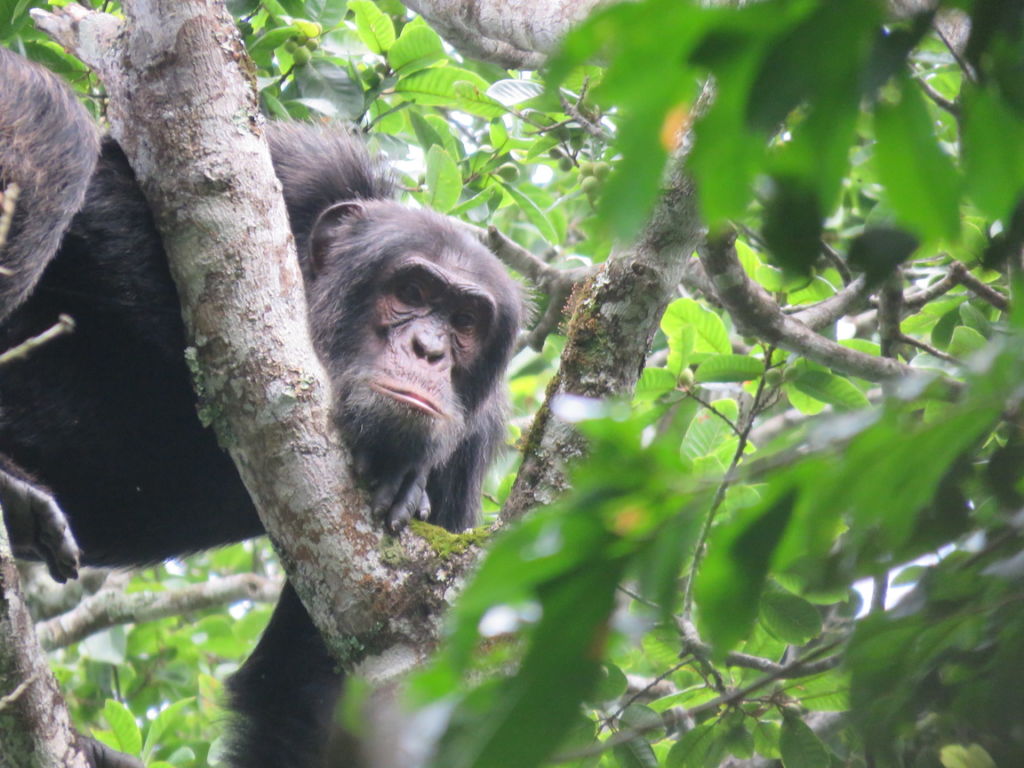
Check out our blog on Uganda Wildlife Diary for more information and photos on the wildlife in Uganda. https://beyonder.travel/africa/uganda/uganda-wildlife-diary/

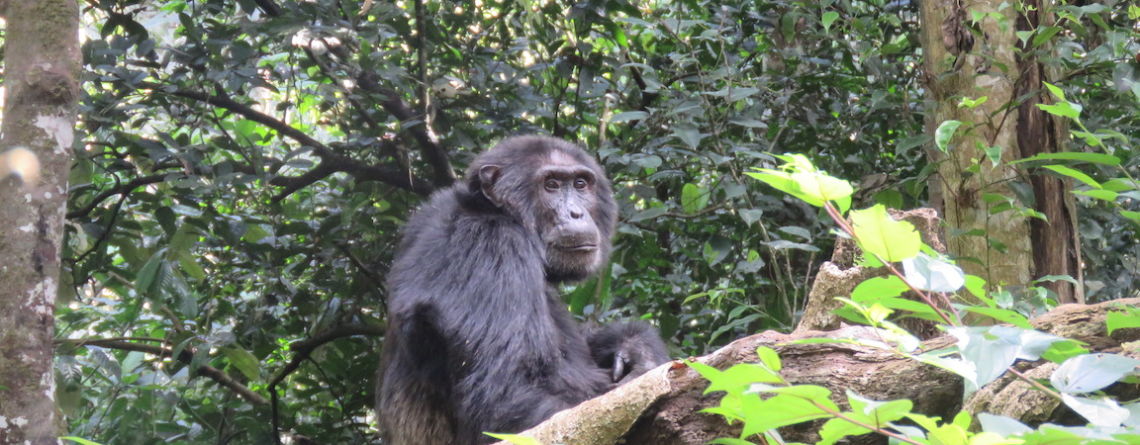
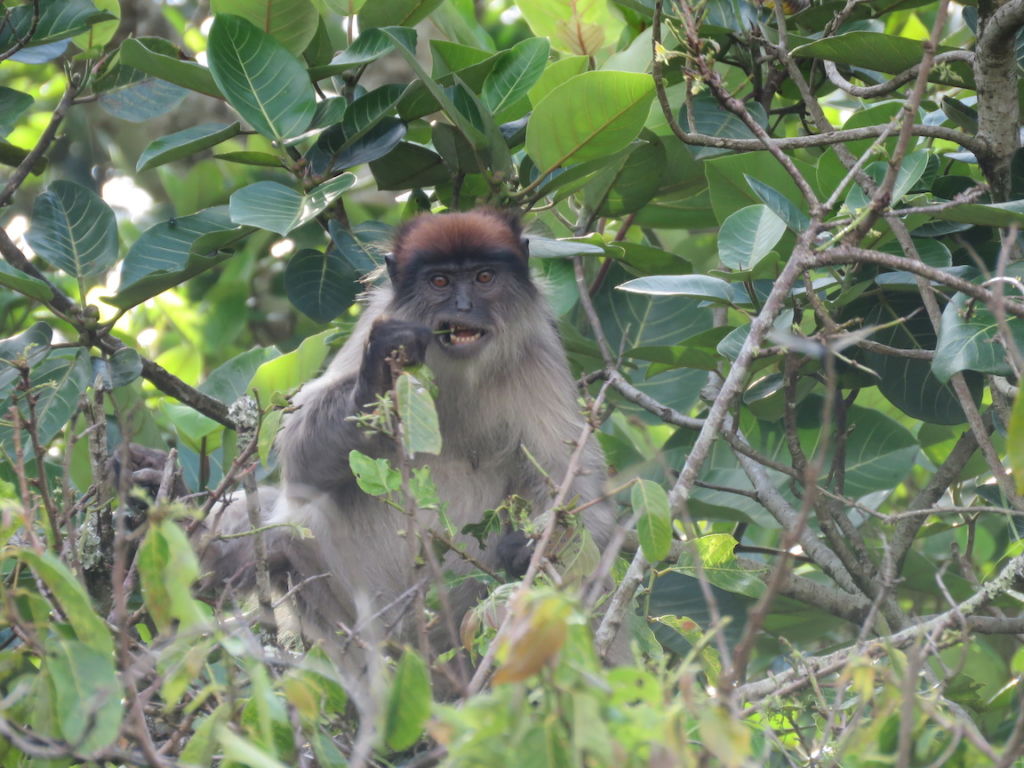
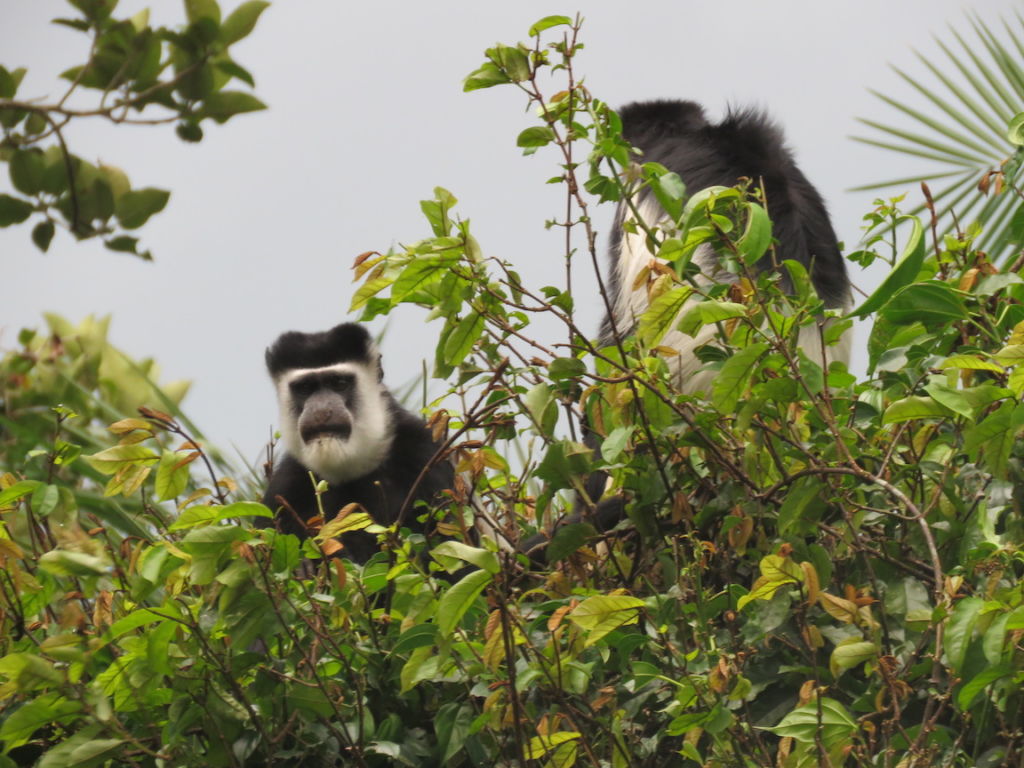
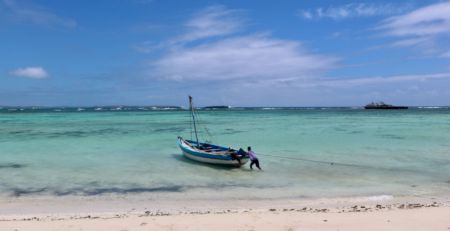

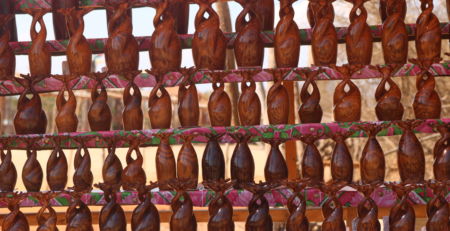

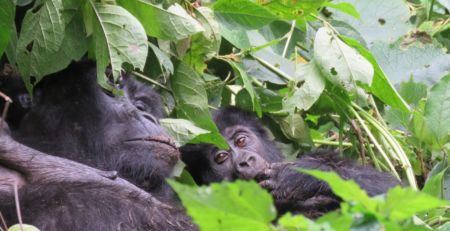

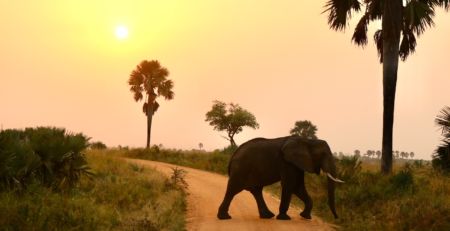
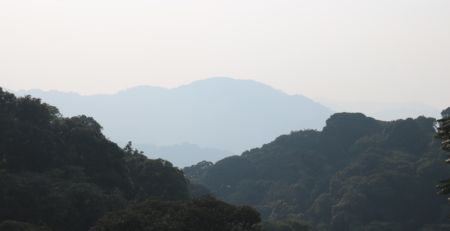
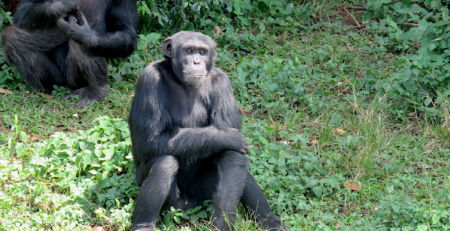
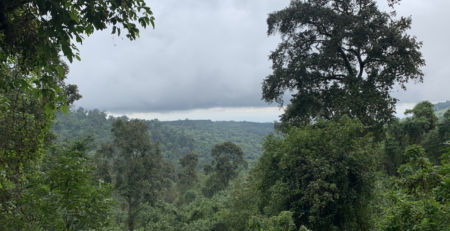
Leave a Reply